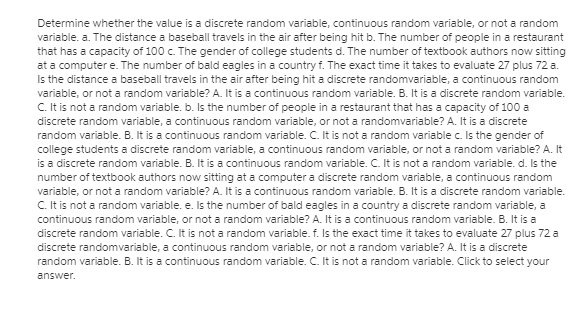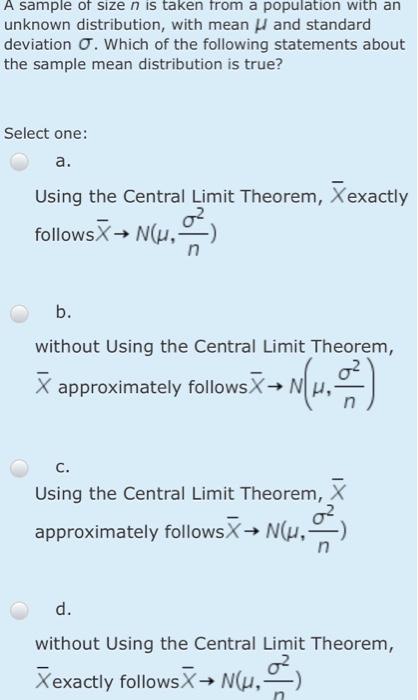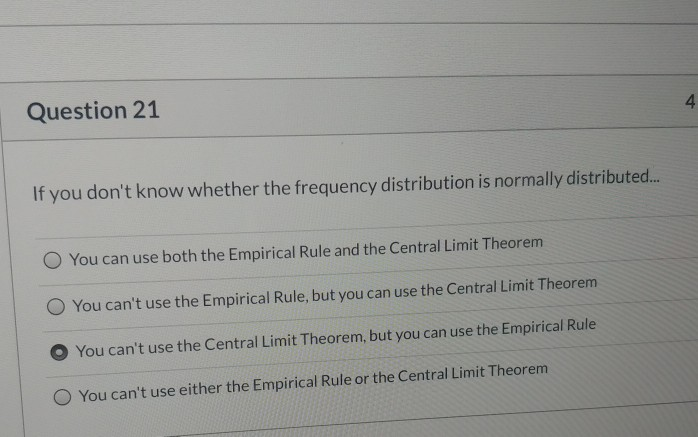Question:
An oil company produces oil from two wells. Well 1 can produce up to 150,000 barrels per day, and well 2 can produce up to 200,000 barrels per day. It is possible to ship oil directly from the wells to the company's customers in Los Angeles and New York. Alternatively, the company could transport oil to the ports of Mobile and Galveston and then ship it by tanker to New York or Los Angeles, respectively. Los Angeles requires 160,000 barrels per day, and New York requires 140,000 barrels per day. The costs of shipping 1000 barrels between various locations are shown in the file P14_88.xlsx, where a blank indicates shipments that are not allowed. Determine how to minimize the transport costs in meeting the oil demands of Los Angeles and New York.?
Determine Irvhether the value is a discrete random variable. continuous random variable. or not a random variable. a. The distance a baseball travels in the air after being hit b. The number of people in a restaumnt that has a capacity of 100 c The gender of college students d. The number oftextbook authors novv sitting at a computer e. The number of bald eagles in a country f. The exact time it takes to evaluate 2? plus Ha. Is the distance a baseball travels in the air alter being hit a discrete randomvariable. a continuous random variable. or not a random variable? A. it is a continuous random variable. B. It is a discrete random variable. C. It is not a random variable. b. Is the number of people in a restaurant that has a capacity of 106 a discrete random variable. a continuous random variable, or not a randomvariable? A. It is a diso'ete random variable. E. It is a continuous random variable. C. It is not a random variable o Is the gender of college students a discrete random variable. a continuous mndom variable. or not a random variable? A. ll is a discrete random variable. B. ft is a continuous random variable. C. it is not a random variable. d. Isthe number oftextboolc authors nov.r sitting at a computera discrete random variable. a continuous random variable. or not a random variable? A. It is a continuous random variable. B. It is a discrete random variable. C. It is not a random variable. e. Is the nu mberof bald eagles in a country a discrete random variable. a continuous random variable. or not a random variable?A. It is a continuous random variable. B. It is a discrete random variable. (1 it is not a random variable. f. Is the exact time ittalces to evaluate 2? plus T2 a discrete randomvariable. a continuous random variable. or not a random variable? A. It is a discrete random variable. EL it is a continuous random variable. C. it is not a random variable. Click to select your answer. A sample of size n is taken from a population with an unknown distribution, with mean // and standard deviation O. Which of the following statements about the sample mean distribution is true? Select one: a. Using the Central Limit Theorem, Xexactly followsX- Nu, n b. without Using the Central Limit Theorem, X approximately followsX - N H,- n O C. Using the Central Limit Theorem, X approximately followsX - Nu.- n O d. without Using the Central Limit Theorem, 02 Xexactly followsX - Nu,-Which of the following statements are TRUE regarding Central Limit Theorem? CCS The central limit theorem gives the exact probability of estimating the true population mean. Chart / Roll The central limit theorem only applies when the population distribution is normal. The range of values for the sampling distribution of means is larger than the range of values in the population. The central limit theorem requires that all samples are randomly selected from a single population.Question 21 4 If you don't know whether the frequency distribution is normally distributed. O You can use both the Empirical Rule and the Central Limit Theorem O You can't use the Empirical Rule, but you can use the Central Limit Theorem O You can't use the Central Limit Theorem, but you can use the Empirical Rule You can't use either the Empirical Rule or the Central Limit Theorem










